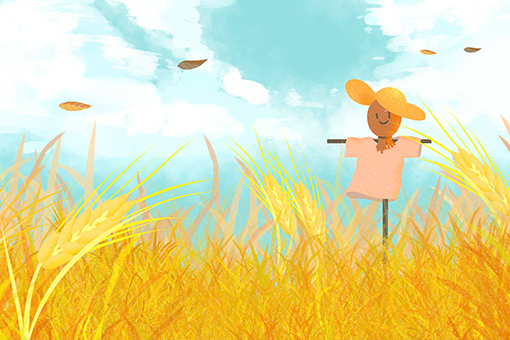The mind has two aspects: one is discriminating mind, or “discriminating thought”; the other is non-discriminating mind, or “non-discriminating thought.”
The eye, ear, nose, tongue, and body have feeling, but they do not reflect or contemplate; so these feelings are called non-discriminating thought. When we are sick, regardless of what we are thinking, our body experiences a great deal of suffering; this is non-discriminating thought.
When we see and hear something, the sixth consciousness reflects and distinguishes between the good and the bad; this is called “discriminating thought.” The suffering experienced by the sixth consciousness is called the suffering of discriminating thought.
~Depicted from ARE YOU READY FOR HAPPINESS - How to Face Suffering and Happiness-How to Face Suffering











